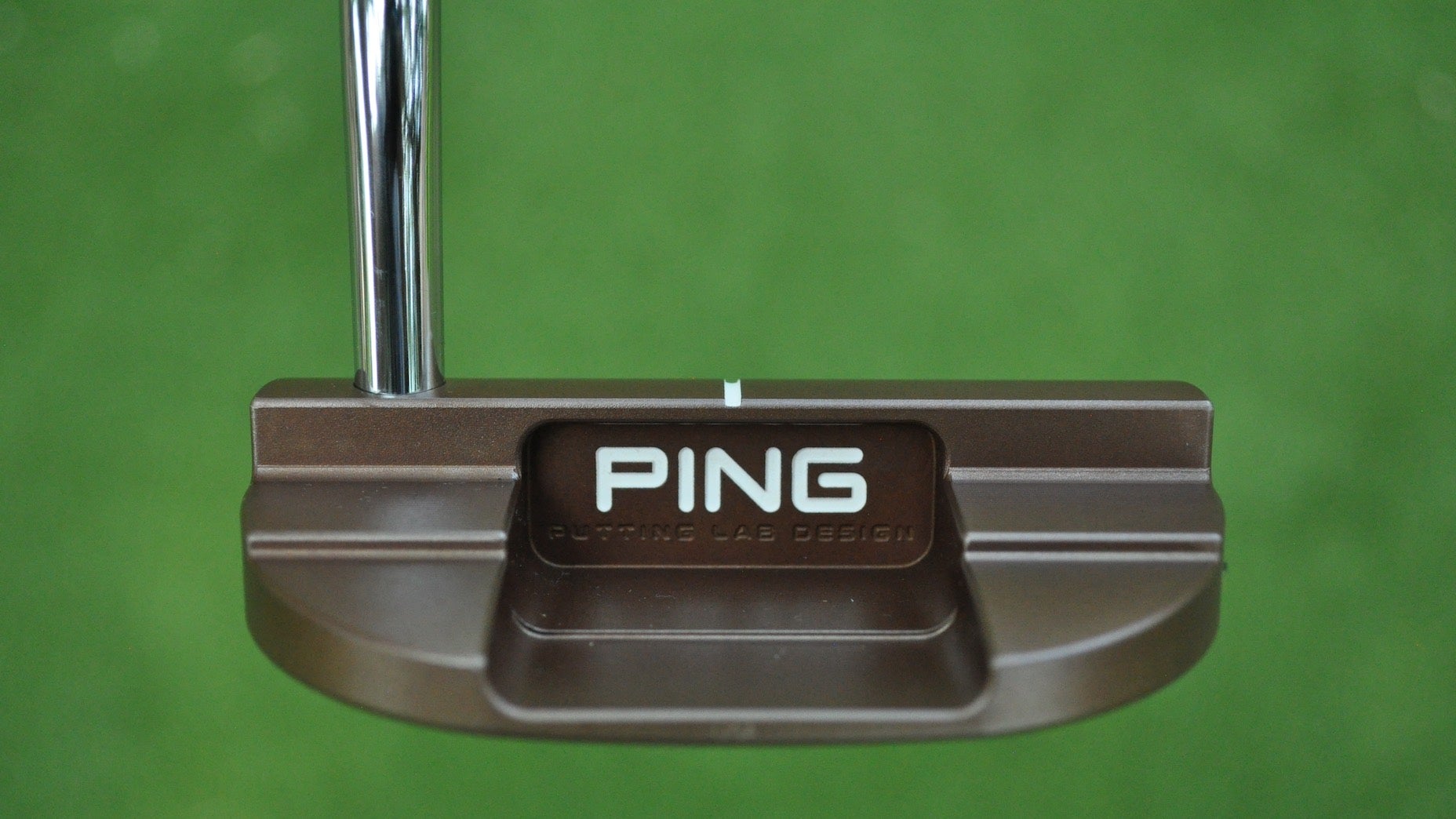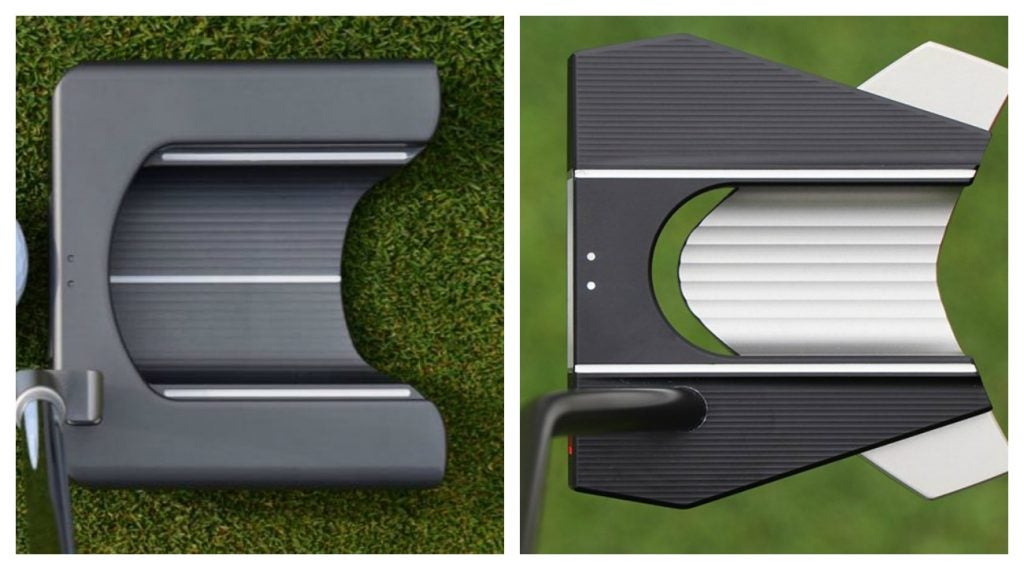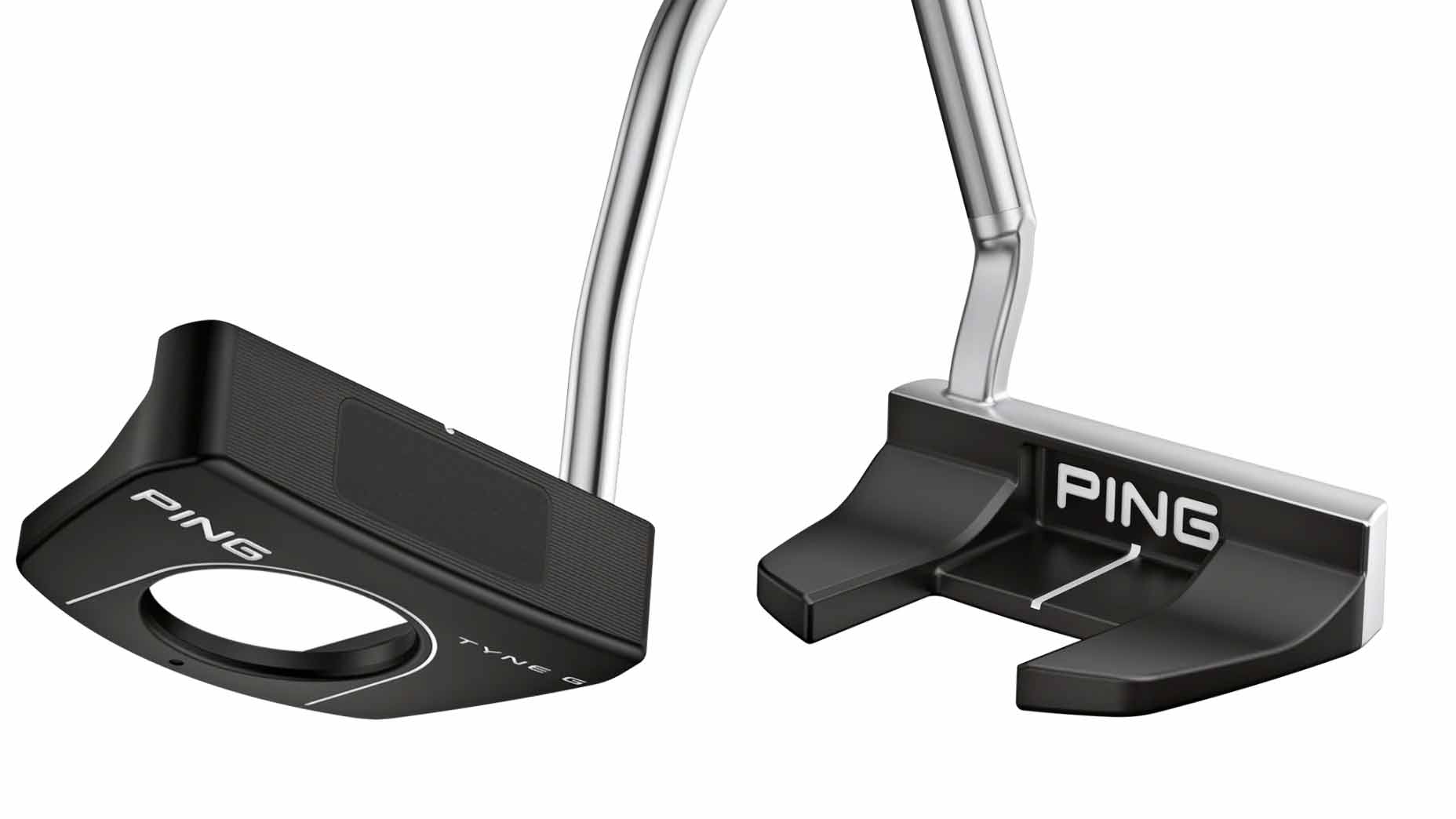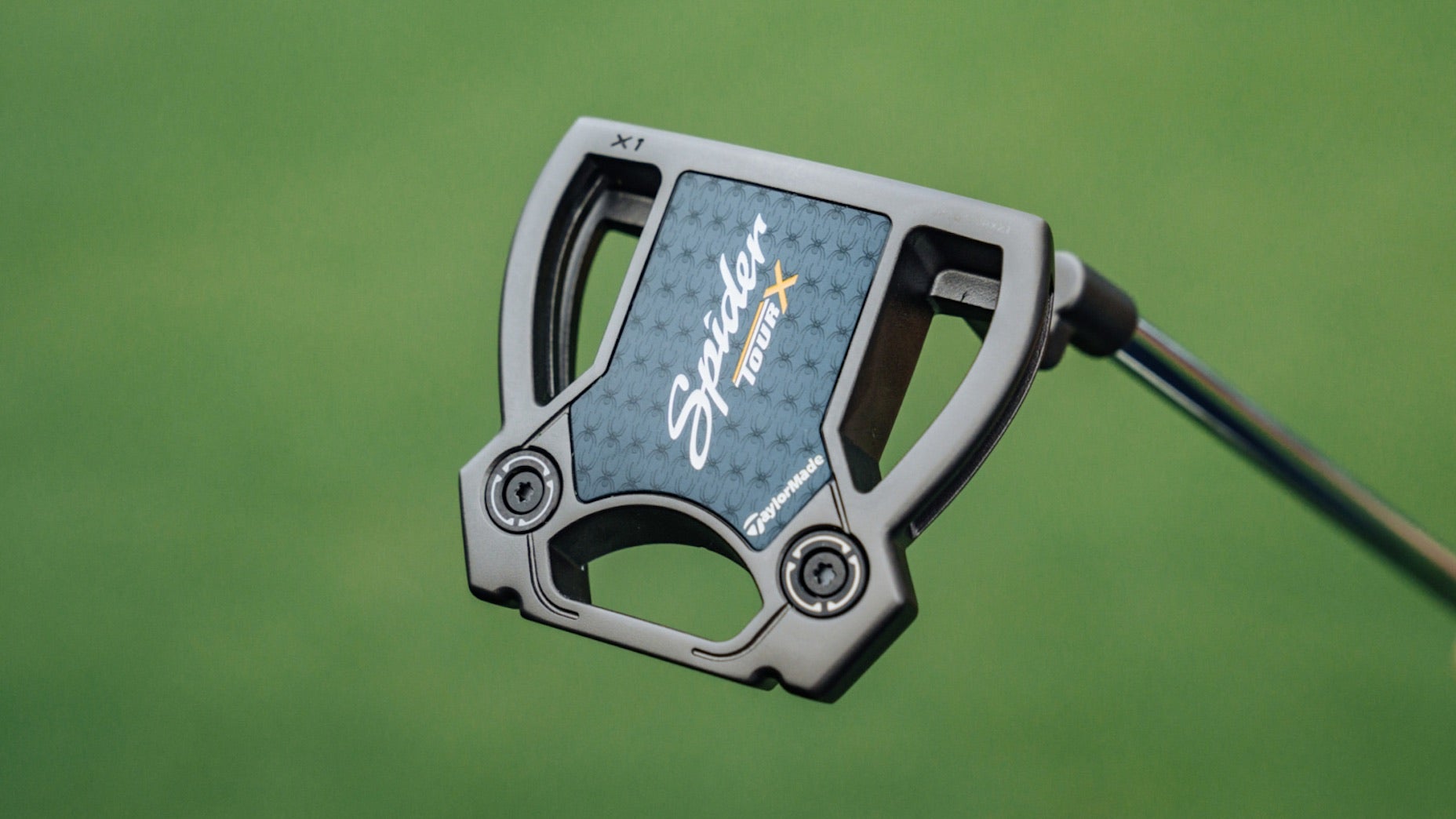 Ping releases PLD Milled SE DS72 Hovland Edition putter | First Look
Ping releases PLD Milled SE DS72 Hovland Edition putter | First Look
What is putterhead MOI? One of the smartest minds in golf explains

When it comes to putting — the area of my game which is the most troubled — I tend to run down some pretty nerdy rabbit holes. Maybe if I keep digging, I’ll learn about something I never knew before, and bingo! My putting woes will be a thing of the past, and my game will hit a new level.
I haven’t had much luck with that second part, but the first part works flawlessly. It proved so once again when I called up Guerin Rife, one of the smartest men in putting and, indeed, golf. He invented Rife’s innovative two-bar technology, and is the mind behind EVNRoll’s line of putters. MOI is a driving force behind Guerin’s designs, so I asked him for an explanation about what it is, and how it can help golfers.
MOI measures how much the putter twists on off-center hits
MOI stands for Moment of Inertia. Every putter has it, and you measure it using an MOI machine. The way it works is that an un-shafted putter head is placed on a central disk so that the putter head’s center of mass (CG) is directly in the center of the disk. The disk rotates back and forth. The MOI machine measures the amount of resistance the putter head creates each time it changes direction. The more the putter’s mass is located away from the center the higher the putter’s MOI. A putter with high MOI won’t twist as much as a putter with low MOI.
“MOI is a measurement of a putter face’s resistance on off-center hits,” Rife says. “The higher the MOI, the more resistant the putter is to twisting.”
Different head designs increase and decrease MOI
When the ball is hit off the toe of the putter face, the impact with the stationary ball means the blade will deflect and open slightly. This causes the ball to lose distance and travel away from the center target line. The opposite occurs when the ball is hit more towards the heel of the putter. A higher MOI putter decreases the amount the putter twists. But how do putter designers actually increase MOI?
“MOI increases when you redistribute the weight outward and away from the center of mass or CG of the putter head,” Rife says. “When you move mass to the toe and heel of a blade putter, that will create more resistance to twisting [on off-center hits]. Mallet’s present a larger platform. Mass can be distributed to the corners and sides for even higher MOI.”
EVNRoll’s ER9 10k putter (the 10k stands for 10,000 MOI) has since been discontinued but is still popular in Germany — “The Germans love how stable that thing is,” Rife says — features a lighter-weight aluminum body, a hollowed-out center, and two steel rods to increase MOI. His newer Outback design features an aluminum body with a steel boomerang fastened to the underside of the putter for the same reason, Rife says.
An old-school blade putter, by contrast, has less heel-toe stability, and therefore is prone to twisting. So if you use one, you better be sure you hit the sweetspot of the putter consistently.
Have you heard our new “Subpar” series? Check out the first installment featuring John Rahm below!
CLICK HERE TO STREAM THE FULL SUBPAR INTERVIEW WITH JON RAHM ON SOUNDCLOUD

ADVERTISEMENT
Putter head weight can affect MOI
If increasing and decreasing MOI is a matter of moving weight around the putter head, simply adding weight to the putterhead can work — but at a cost.
“You can cheat MOI by adding a lot of weight,” Rife says. “Think about if you were putting with a brick. It wouldn’t twist much on off-center hits, but you’ll have no touch or distance control.”
Other technology can have an MOI-boosting effect
Although increasing MOI is the primary way to reduce the punishing effects of mis-hits, putter designers can also increase forgiveness in other ways.
“Effective” MOI is something Rife has been experimenting with recently, most notably with his ER1TS design, which features a large amount of offset between the shaft and the head. The effect is a putter that feels more stable to the golfer during their stroke.
“The key is moving the shaft away from the CG,” says Rife. “Effective MOI is the informal consumer marketing term. It’s actually called “shaft- access MOI.” A bit to nerdy. It’s what the golfer actually feels when they’re holding onto the shaft and grip,” Rife says. “With more offset, the weight of the putter’s CG is pushed further back away from the shaft [as it feels to the golfer], which increases effective MOI. When put on the MOI machine it increases the MOI from 5,000 to 20,000. The extreme offset also allows forward press without the awkward forward shaft angle and produces a tennis like overhand for better roll.”
Putter face inserts and groove patters, like EVNRoll’s “Sweet Face Technology” or Odyssey’s microhinge insert, won’t necessarily reduce putterhead twisting, but can potentially boost the performance of off-center hits. Groove patters can help a ball struck too far on the toe, for instance, travel a comparable distance to one struck on the sweetspot. That may not solve the directional issues, but it can help cover for distance control.
To receive GOLF’s all-new newsletters, subscribe for free here.
ADVERTISEMENT






